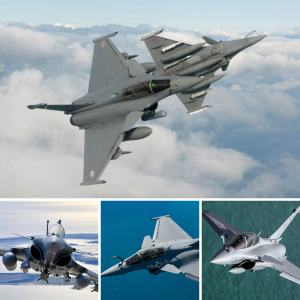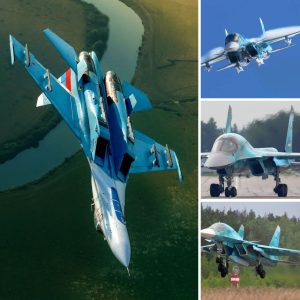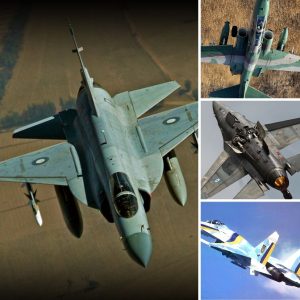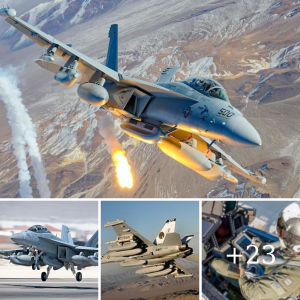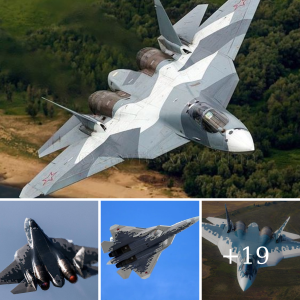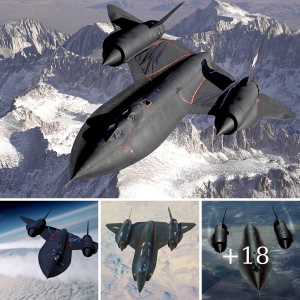In the realm of military aviation, the F-16 Fighting Falcon stands as a symbol of versatility, power, and enduring excellence. Since its first flight in 1974, this remarkable aircraft has been at the forefront of air combat, earning a reputation as one of the most successful and widely used fighter jets in the world.

Designed by General Dynamics (now Lockheed Martin), the F-16 was initially conceived as a lightweight, highly maneuverable fighter with a focus on air superiority. However, it quickly evolved into a multirole powerhouse, capable of performing a wide range of missions, from dogfighting and ground attack to reconnaissance and electronic warfare. This adaptability has made the F-16 a favorite among air forces across the globe, with over 4,600 units produced and operated by more than 25 countries.

One of the F-16’s most notable features is its incredible agility. Thanks to its innovative fly-by-wire control system and relaxed static stability, the F-16 can perform high-G maneuvers with ease, giving it a significant edge in dogfights. Its bubble canopy provides the pilot with unparalleled visibility, crucial for both air-to-air combat and ground attack missions. Combined with its powerful General Electric or Pratt & Whitney engine, which allows the aircraft to reach speeds of over Mach 2, the F-16 is a force to be reckoned with in any theater of operations.
The F-16’s combat record speaks for itself. It has seen action in numerous conflicts around the world, from the Middle East to the Balkans, where it has consistently proven its worth in both offensive and defensive roles. Whether engaging enemy aircraft, delivering precision strikes, or providing close air support, the F-16 has demonstrated time and again that it is a reliable and deadly asset on the battlefield.
One of the key reasons for the F-16’s enduring success is its continuous evolution. Over the years, the aircraft has undergone numerous upgrades to keep it at the cutting edge of technology. The latest variants, such as the F-16V “Viper,” feature advanced avionics, upgraded radar systems, and improved weapons capabilities, ensuring that the Fighting Falcon remains a formidable opponent in modern air warfare.

Beyond its combat prowess, the F-16 has also become a symbol of international cooperation. Many countries have collaborated on the production and development of the aircraft, leading to a shared legacy of technological innovation and military partnership. The F-16’s global presence has also fostered strong alliances, as nations that operate the aircraft often engage in joint exercises and training programs, strengthening their defense capabilities.
As the F-16 approaches five decades of service, its legacy continues to grow. Newer aircraft like the F-35 Lightning II may be taking the spotlight, but the F-16’s proven track record, adaptability, and sheer performance ensure that it will remain a critical component of air forces for years to come. Whether in the hands of seasoned veterans or new pilots, the F-16 Fighting Falcon will continue to soar as a testament to the enduring power of modern air combat technology.
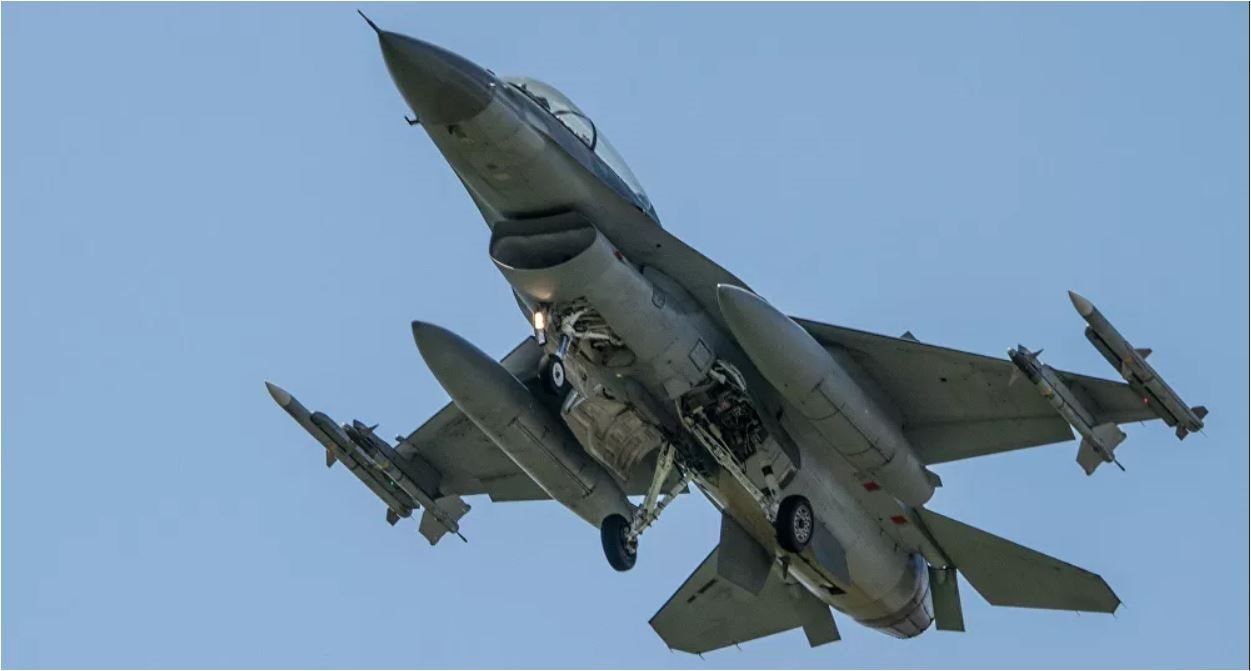
In the ever-changing landscape of global security, the F-16 remains an icon—a reminder that even as technology advances, the principles of speed, agility, and precision remain the cornerstone of air superiority. The F-16’s story is far from over, and its future, like its past, is sure to be one of continued excellence and unmatched performance.
